Contact Masper
Wet Underfloor Heating Experts,
Design, Installation & Servicing
Call
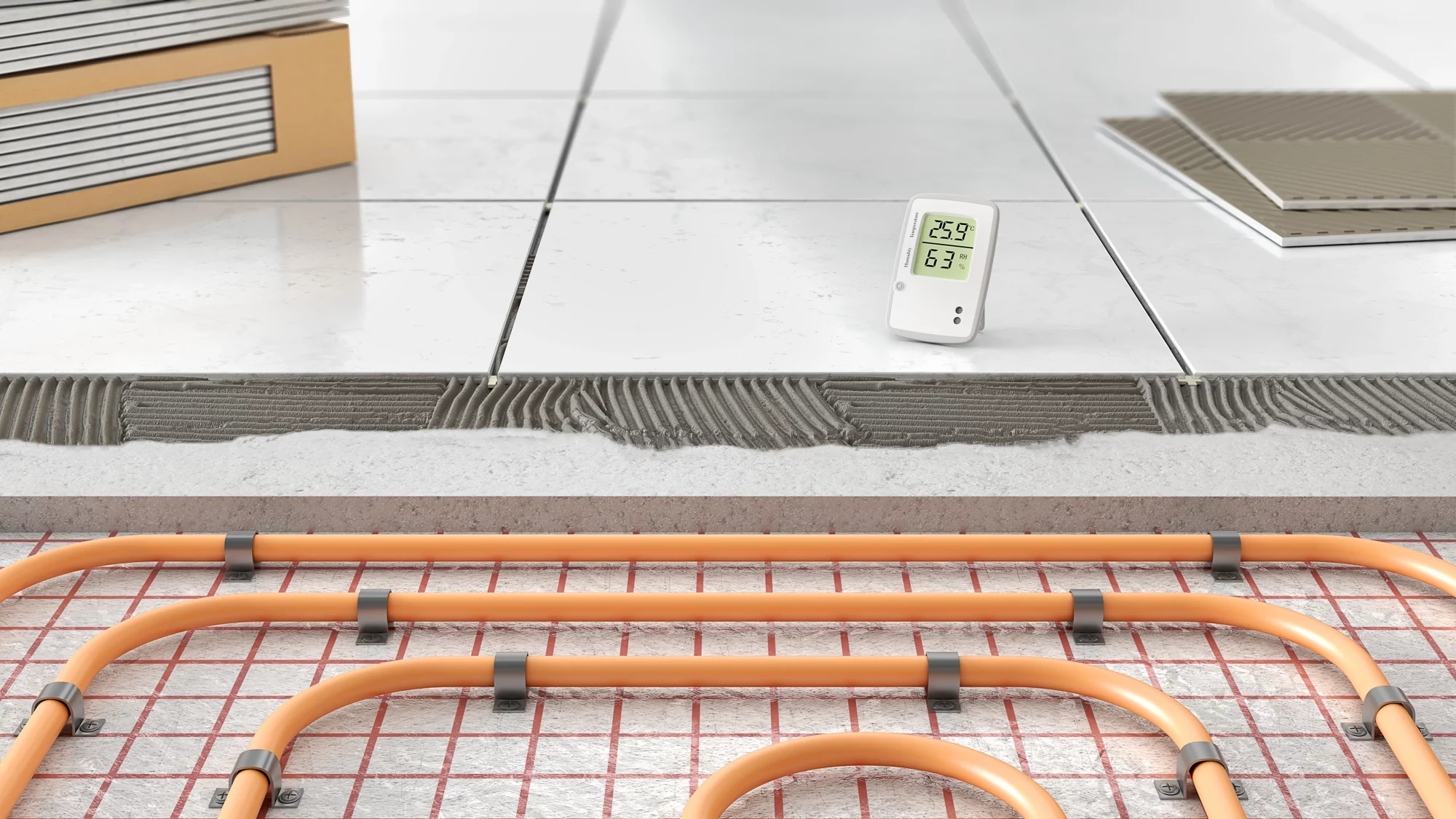
As the name would suggest, underfloor heating s heating installed on the floor. It negates the need for radiators, as the whole floor becomes your heater. In addition, as it has a lower operating temperature than your usual radiator heating system, it places less demand on the boiler.
You can use underfloor heating in two ways; it can act as an additional heating source if you want to keep the floor warm and cosy, or it can also completely replace your radiators if you wish to use it as a primary heating source.
There are two types of underfloor heating systems you can consider. Depending on your preferences, you can install electric underfloor heating or wet underfloor heating. Electrical underfloor heating systems use electrical cables, whereas wet underfloor systems use water pumped through pipes. The best heating system design will depend on your property and what is best suited to your needs.
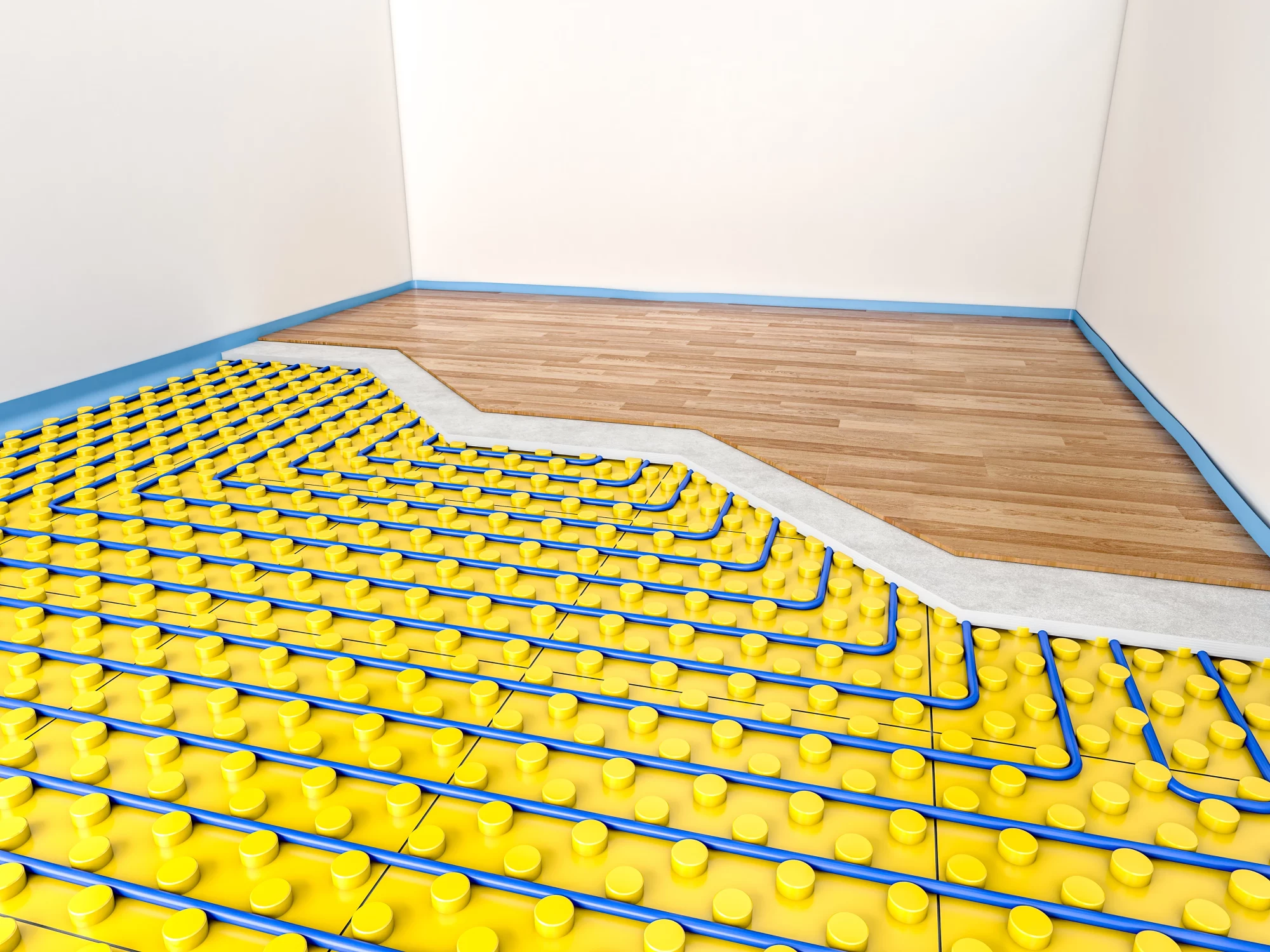
You can install underfloor heating into commercial and residential properties to heat a home or workplace more efficiently.
Wet underfloor heating works because pipe lengths are plumbed into your boiler, with a thermostat wired into the electric mains. Wet underfloor heating is at its most efficient with stone or tile floors. It is not impossible to benefit from wet underfloor heating if you have carpeting. However, they must be over 1.5 togs. You must use a professional to fit your wet underfloor heating system, which is highly complex.
You can expect wet underfloor heating to be more efficient, although this will depend on the type of boiler. It is easier to control wet underfloor heating, making it more efficient.
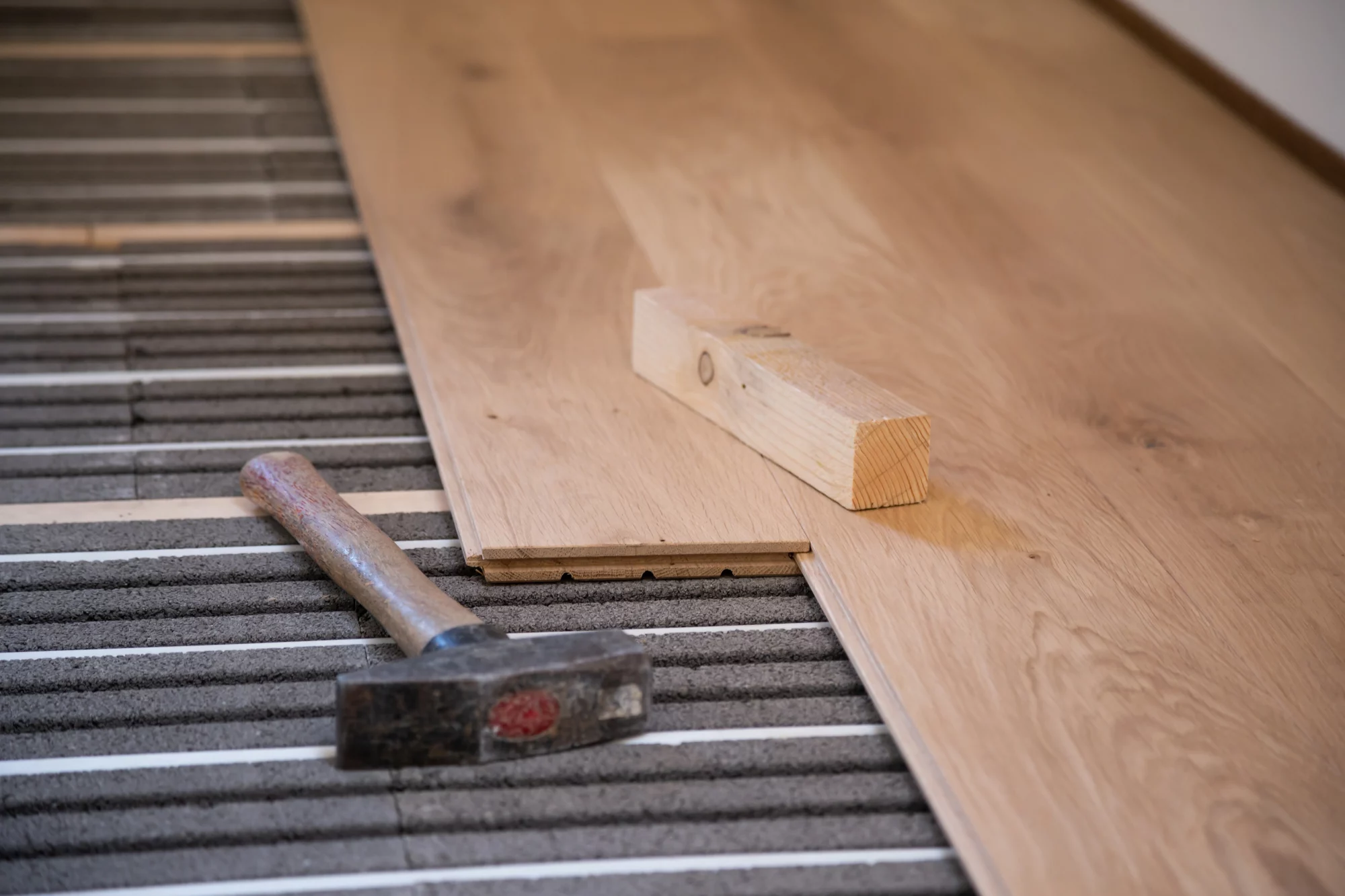
There are several options for wet underfloor heating. First, you can choose the most cost-effective option for customers in new builds or building extensions under new concrete or screed floors. You can also install wet underfloor heating between joists, suspended floors or grooved in the existing concrete floor. Lastly, it is over existing floors. With our professional service, any of these options for wet underfloor heating is installed entirely hassle-free. We can advise on the best heating system design for wet underfloor heating.
Although installing wet underfloor heating is more expensive than electric underfloor heating, you can save money on your heating bills, making it more cost-effective than central heating systems.
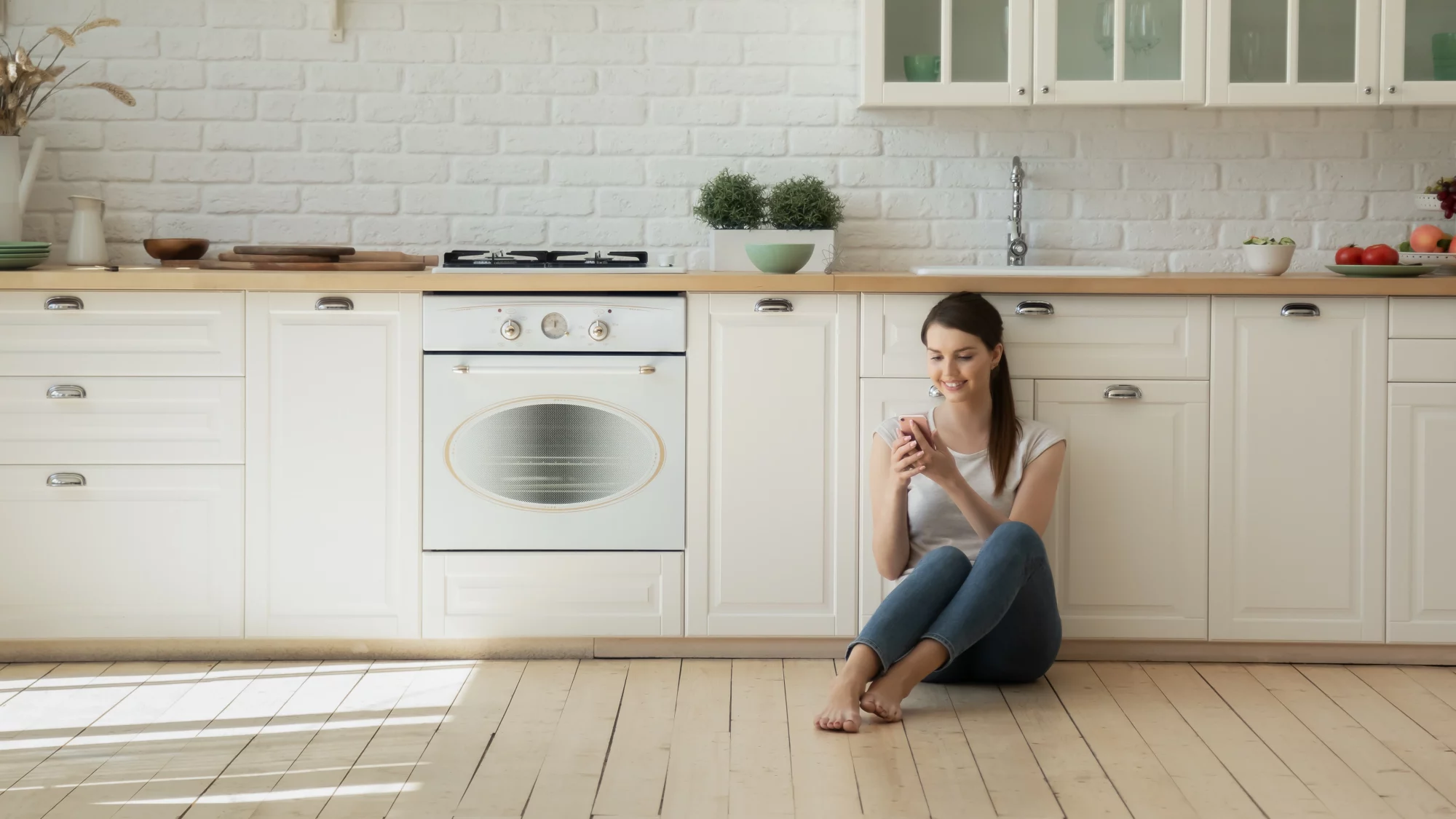
Underfloor heating can take up to three hours to heat up. If you want to ensure your home is warm for getting home, you may want to keep it on all day. It is highly recommended to keep it on during the winter months. Wet underfloor heating is the best heating system design for maximum comfort in residential and commercial properties.
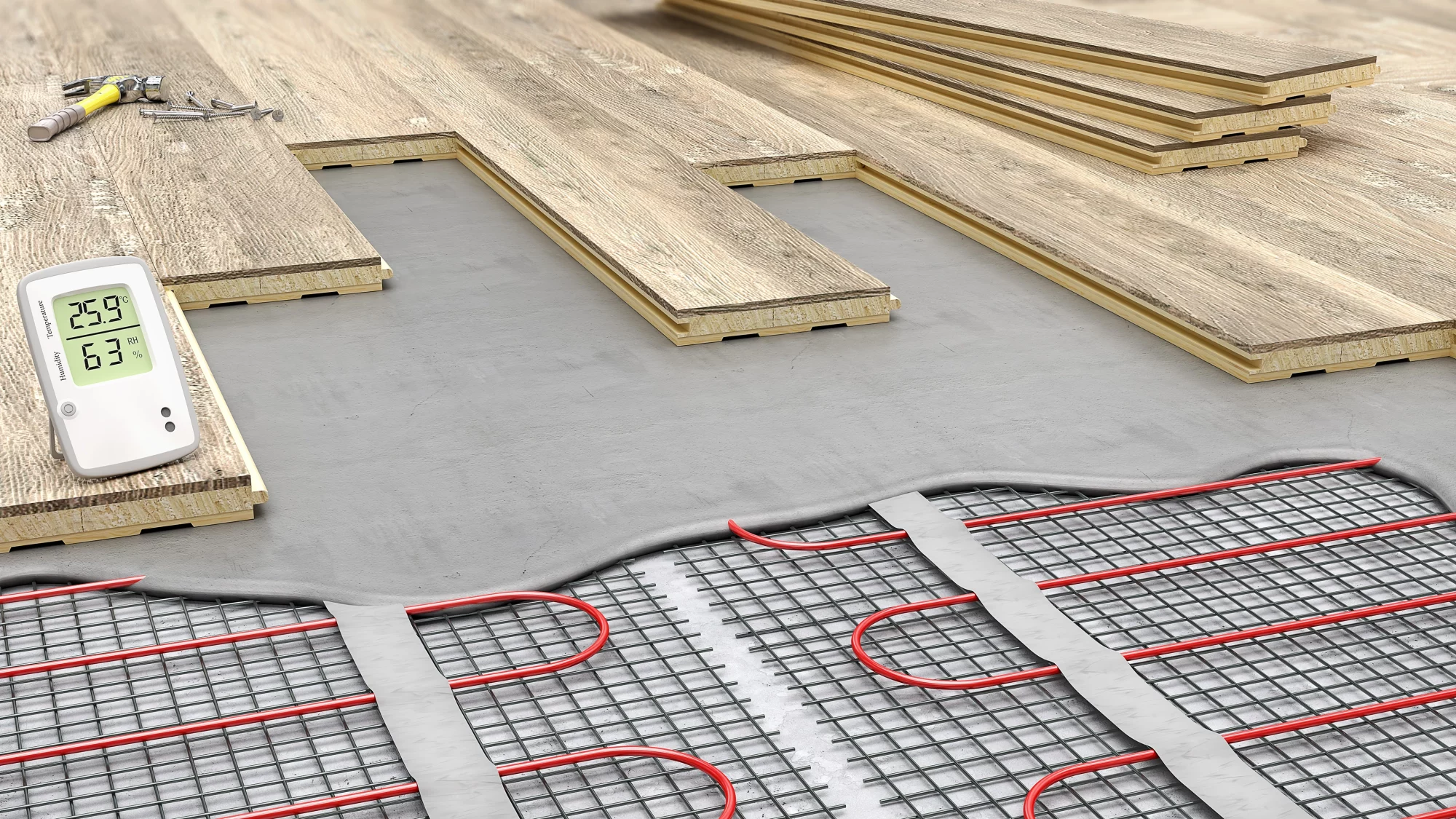
The underfloor heating system you choose will depend on the purpose. Electric underfloor heating systems are easy to install and ideal for commercial properties, as they are less disruptive than wet underfloor heating. On the other hand, wet underfloor heating is perfect for new builds and large areas. If you’re looking for underfloor heating for multiple rooms, wet underfloor heating can be used.

Overall, wet underfloor heating design is better than using radiator systems. The primary reason is that it provides greater comfort than radiators, but it can save you money. It will reduce your heating bills if you switch to underfloor heating.
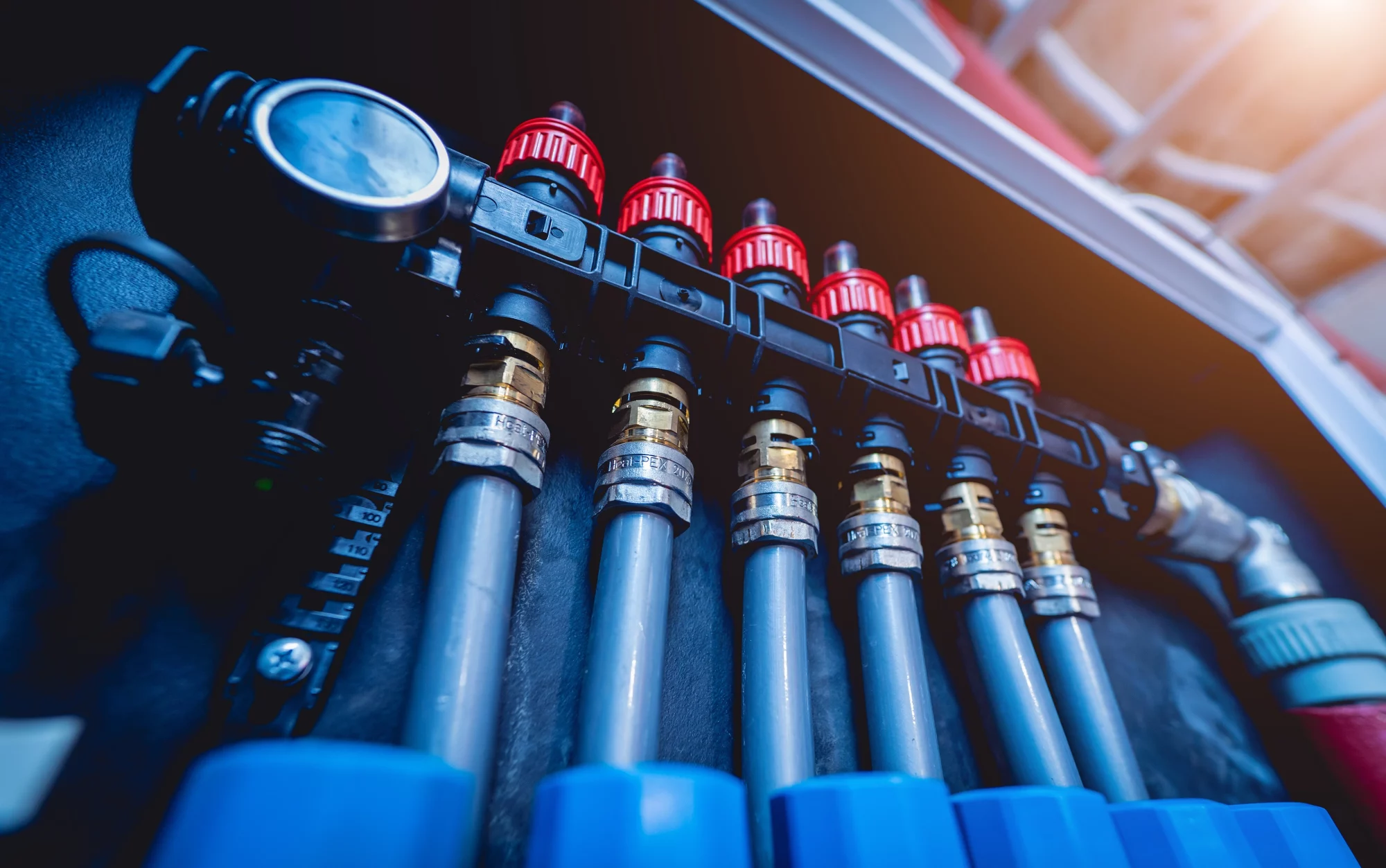
There are many benefits of using wet underfloor heating design. These are just some of them:
• If you want to increase energy efficiency, underfloor heating is ideal as it runs at a lower temperature, meaning you use less energy. Less energy is not just good for the environment but also beneficial for your bank account.
• The heat distribution is also better with wet underfloor heating, so you don’t get the same cold spots as radiators. It is the best heating system design for heat distribution within the home or commercial properties.
• There is also very little maintenance required for wet underfloor heating. However, you may need an occasional inspection to ensure that everything works smoothly.
• You can also save a lot of space with wet underfloor heating, as you don’t have unsightly radiators on the walls getting in the way. Commercial or residential property will instantly look sleeker with no visible radiators. It is the ideal way to create a minimalistic look.
• There is no need to worry about the type of flooring you have, as wet underfloor heating works with all kinds, including tile and stone, carpet, vinyl, and wood/laminate.
• Radiators operate at very high temperatures, leading to issues with the air quality. It can lead to headaches and general feelings of being unwell. Radiant heat, on the other hand, is more efficient at ensuring the air is kept fresh. It is the best heating system design for improving comfort levels.
• Clients are often worried about how long it will take to install the underfloor heating. However, wet underfloor heating systems can be installed in less than two days, as long as you use an experienced, professional installer to do the job.
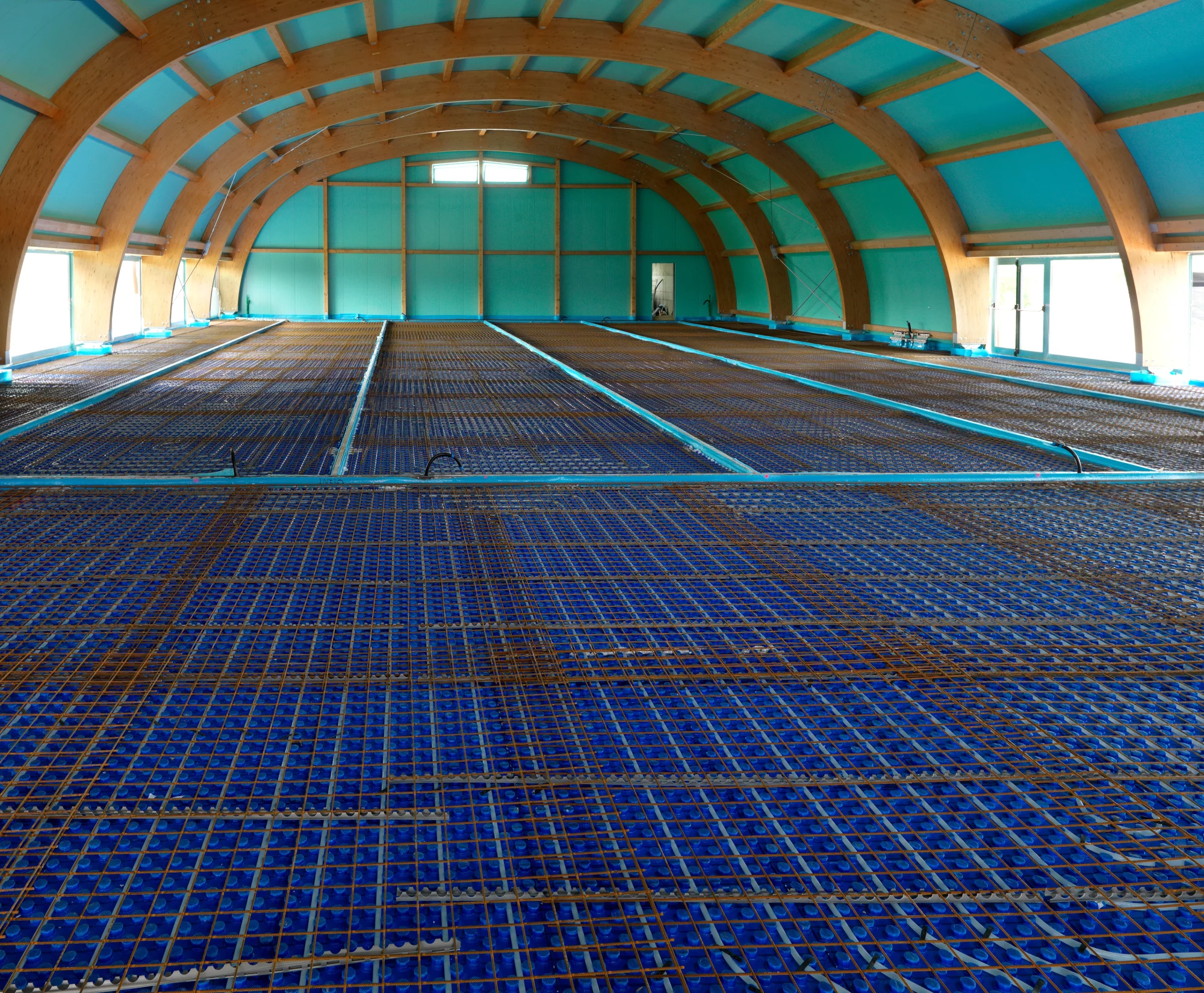
But, of course, with the positive comes the negative, and there are some potential downsides to installing wet underfloor heating.
• You need to take account of the cost of the installation, which will also include labour costs for the professionals to do the job for you.
• Although the installation is relatively quick, installing underfloor heating for a large commercial property could require several weeks of work. It could be disruptive to a busy office, although there are always ways to work around this.
To summarise, wet underfloor heating has associated costs, but you will save money on your heating bills and improve energy efficiency. It is essential to consider the monthly savings you could make versus the cost of the installation. If you decide to invest in wet underfloor heating, you should ensure this is undertaken by a professional. You can contact us to discuss the installation of wet underfloor heating design for both commercial and residential properties. Our trained, professional staff are on hand to answer your questions and help you make the most of your property. We can advise you on the best heating system design to suit your individual circumstances.